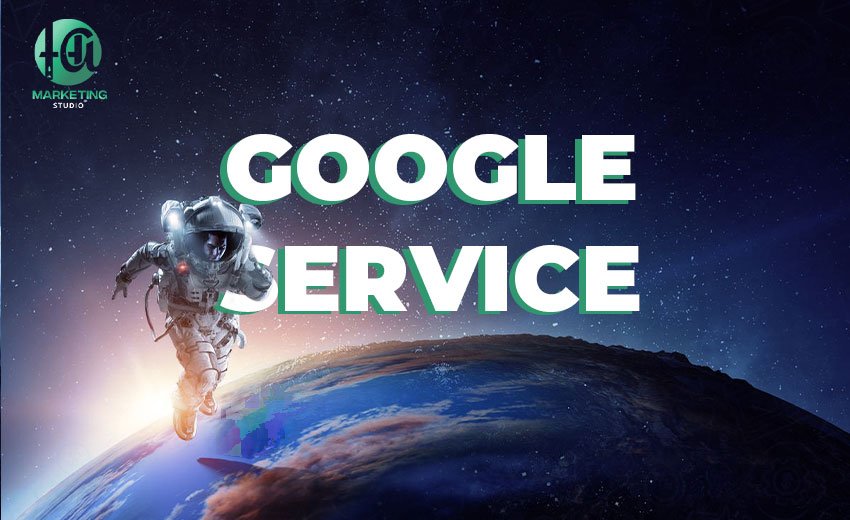In the evolving world of technology and the Internet, website and application design has become indispensable for companies and individuals alike. These digital means are considered primary interfaces for interaction with customers and the public, and reflect the brand identity and provide distinctive user experiences. With the continuous development in the field of website and application design and development, many challenges and mistakes arise that must be avoided to ensure the success of digital projects
In this article, we’ll explore five common website and app design mistakes that can negatively impact user experience and business performance, and provide some tips and guidance to avoid these mistakes and achieve better performance and greater success in the world of web and digital apps.
-Website and application design is a complex and multidimensional process, but here are five common mistakes to avoid:
-Lack of focus on user experience (UX):
The design of the website or app should be easy to use and comfortable for users, and should provide a unique and enjoyable experience. Not paying attention to user experience leads to lower conversion rates and increased bounce rates.
-Not paying attention to Responsive Design:
In the age of smartphones and tablets, design must be compatible with different sizes and devices. Failure to pay attention to responsive design leads to a negative user experience when accessing the site via mobile devices.
-Overcrowded Design:
You should avoid adding excess elements and crowding in the design, as a simple and clean design attracts attention and makes it easier for users to understand and interact with the content.
-Misuse of colors and fonts:
Colors and fonts must be carefully chosen according to the brand identity and to enhance users’ reading and interaction with the site or application. Using colors effectively can make a design more attractive and easy to read.
-Ignoring search engine optimization (SEO):
The site should be designed to be easily accessible through search engines such as Google, through the use of appropriate keywords, improved page titles, and a clear description of the content.
Avoiding these mistakes can greatly contribute to making the user experience better and successfully achieving business goals.














